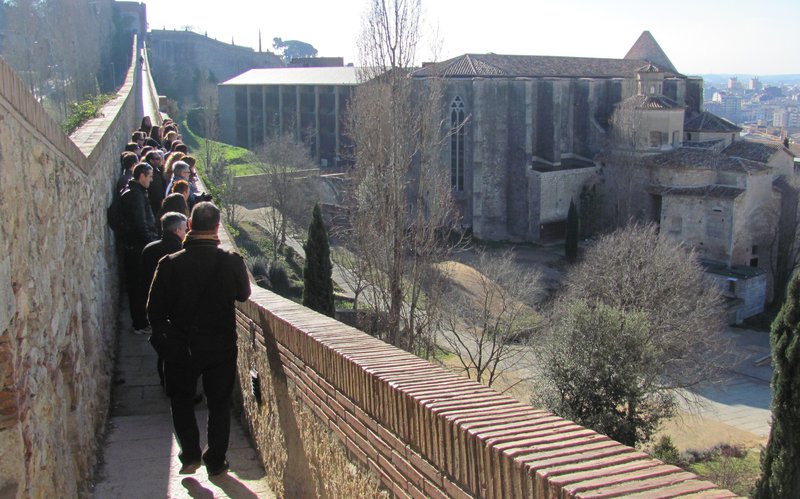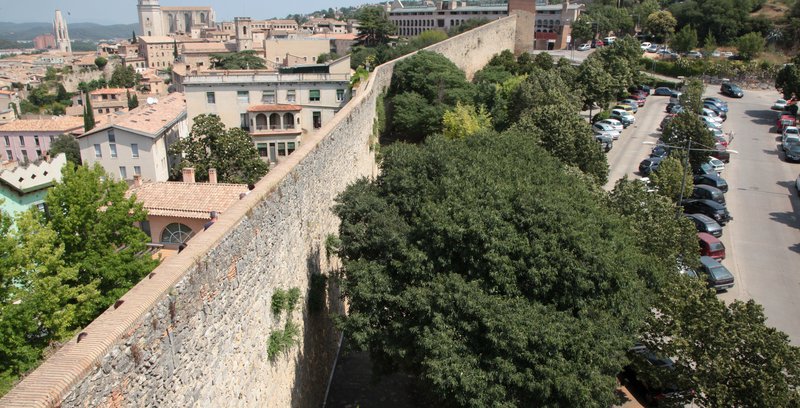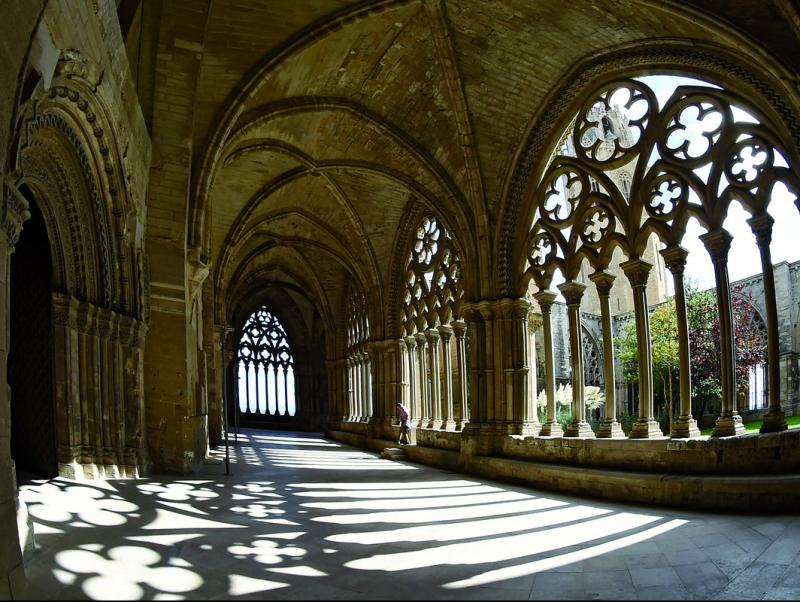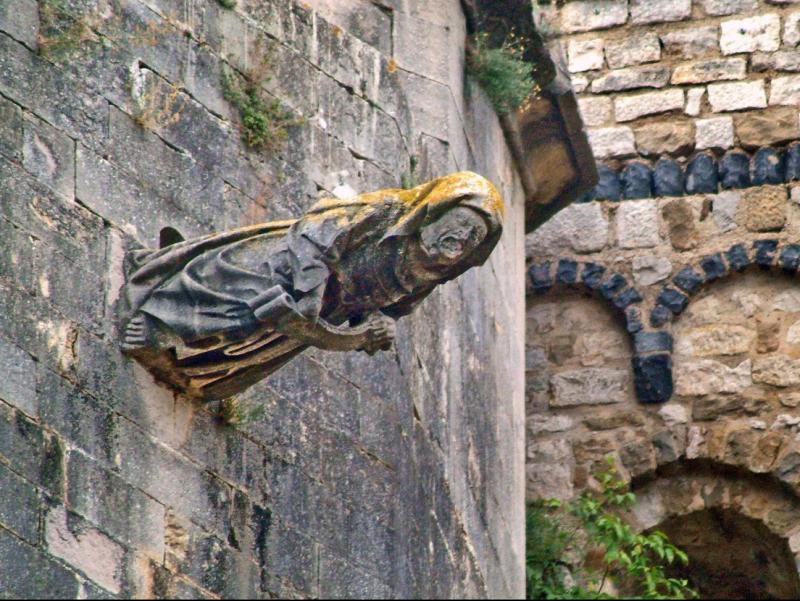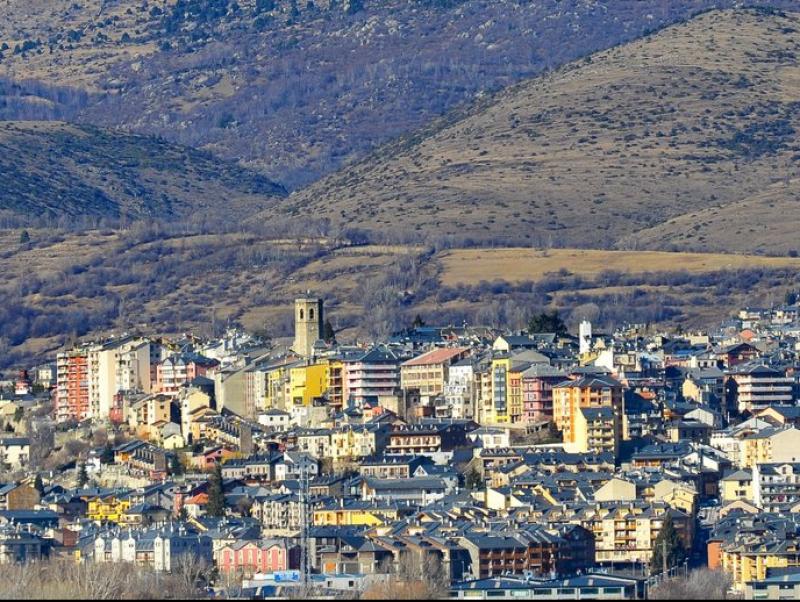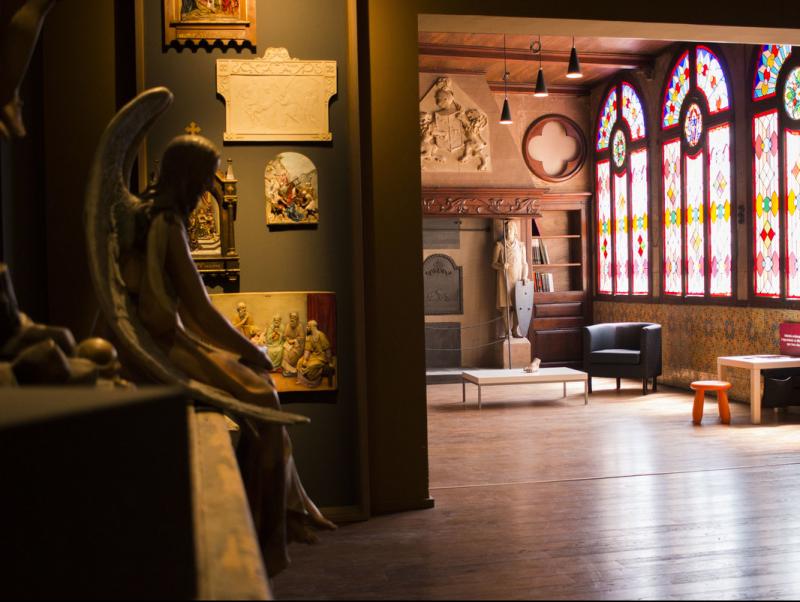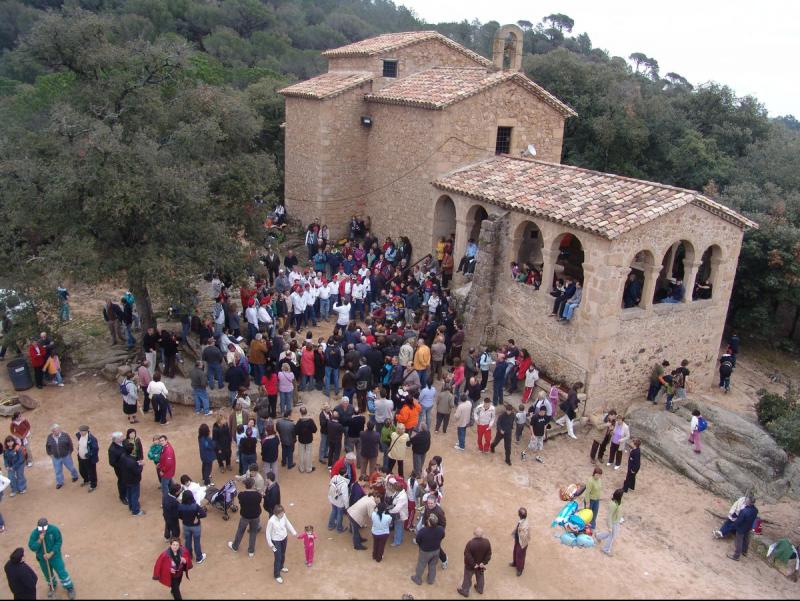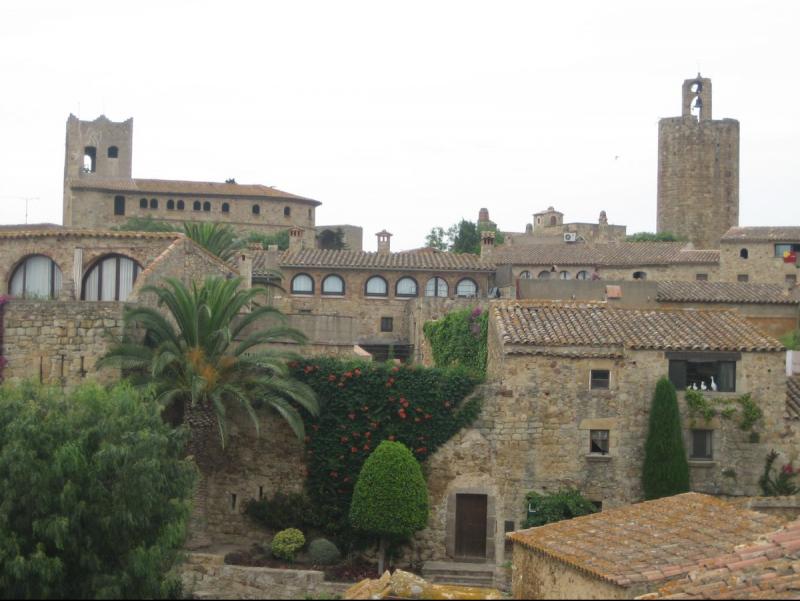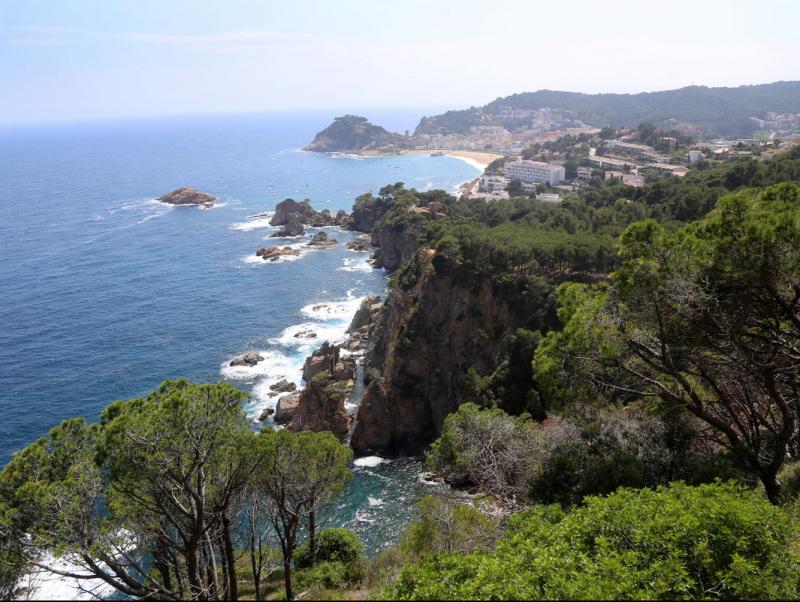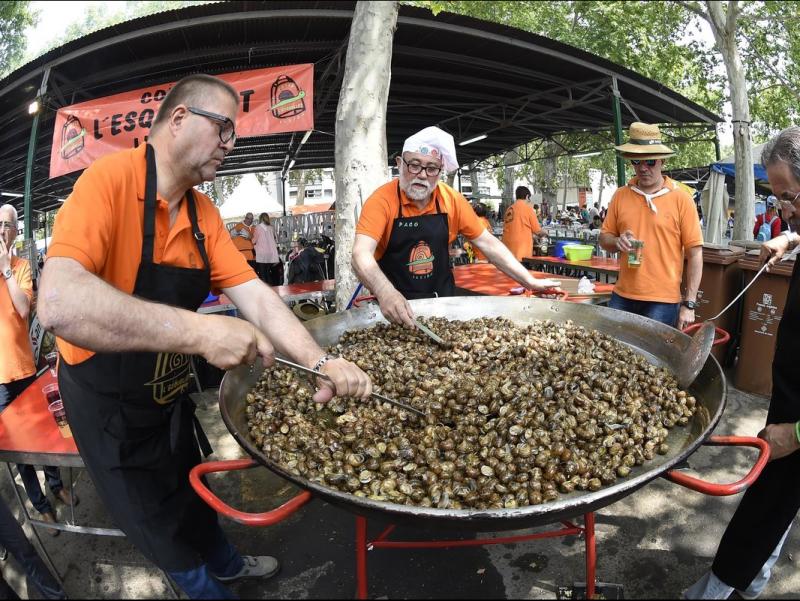The walls encircling Girona
To defend Girona, the Romans designed a triangular fortification around the city in the 1st century BC. In the 9th century, in the days of the Carolingians, the wall was rebuilt, enlarged and converted into a pathway. In the 14th century it was further strengthened. In the second half of the 19th century, the walls encircled the city, but the parts preventing urban growth were intentionally demolished to allow the city’s expansion.
Luckily, the western side was not in the way, and so it was preserved. In 1983, a first phase to recover the medieval wall began, to convert it into a public walkway. The second phase took place from 1988 to 1998 and ended up extending the walkway to the Sant Cristòfol tower. It is at a height of 60 metres in some sections, and it covers two kilometres.
This is the origin of the current Passeig de la Muralla promenade, now reconverted into a tourist attraction. Walking up this steep narrow path is a recommended excursion for all visitors, as you can enjoy privileged panoramic views of the Girona capital and its surroundings from what has been described as one of the best preserved walkways in Europe.
The route starts in front of the Jardins de la Infància, where formerly there was the Carme portal. On reaching the first section, the panoramic view of the city already begins opening up before the visitor, with the mountain tops of the Far and Rocacorba mountains in the distance. Then we pass the Torre del Portal Nou and arrive at Torre dels Socors. After a few metres going up, and passing through the back of the buildings of the Old Quarter, at the height of the General Peralta tower, we pass over the University and the convent of Saint Domènech, and we can stop at the tower of the same name, or the Predicadors tower, the highest of the walk. Already on the descent, we leave behind the Torre del Llamp and the portal of Reina Joana, which leads us to the delightful Alemanys garden, where a small rest is recommended, and then on to the Gironella tower.
Further along the walk, we will come across the Francesa gardens (the French Gardens), which will allow us to return towards the city by descending along the Archaeological Walk. There is another section of the city walls, on the other side, across the Galligants river, which follows the wall of Santa Llúcia and finally ends at the Plaça de Sant Pere.
out & about
Enjoying the city views
Out of the Jardins de la Infància, the route along the walls take us back in time. The first views are modern, the Eixample and the high blocks of flats in Plaça Catalunya. Then the walls continue in parallel to the newest houses of the Old Quarter, dating back to the 20th century, and finally, we reach the mediaeval quarter, with the cathedral and Sant Feliu basilica.

